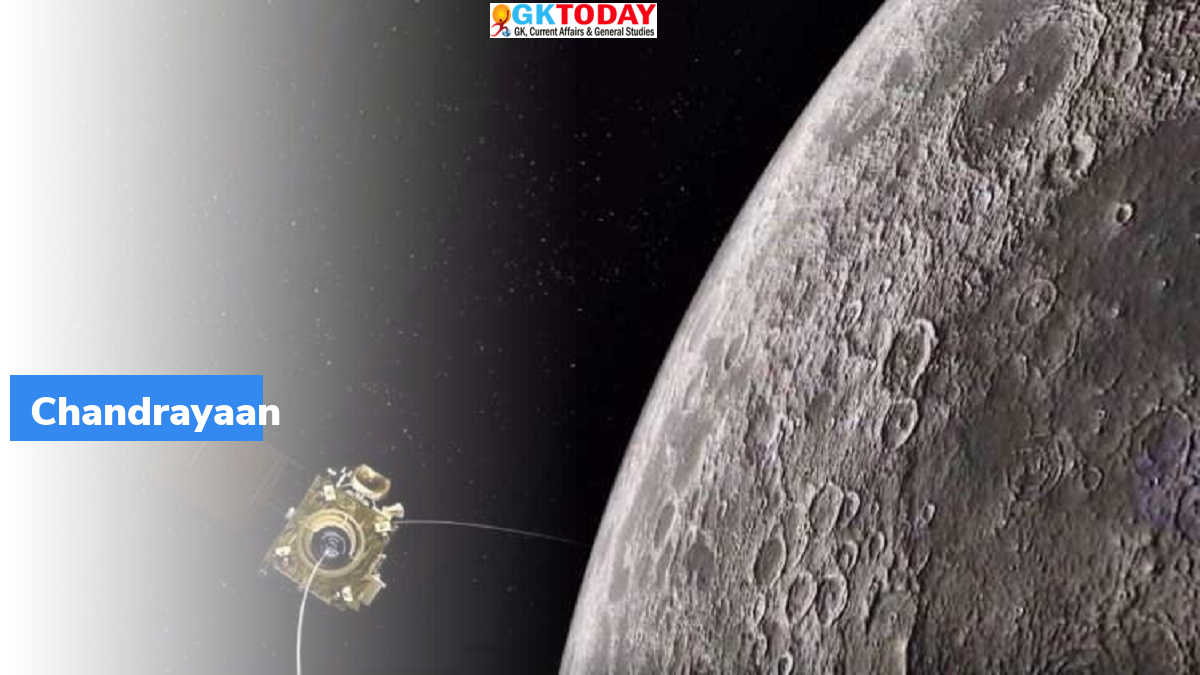Chandrayaan-3 Spacecraft
The Indian Space Research Organisation (ISRO) has achieved yet another milestone in its space exploration journey. The space agency announced that the Chandrayaan-3 spacecraft has successfully completed crucial tests that confirm its capability to endure the harsh acoustic and vibration conditions during its launch. This significant accomplishment brings the mission one step closer to its scheduled launch in June 2023.
Purpose of the Chandrayaan-3 mission
Chandrayaan-3 is India’s third lunar exploration mission, following the Chandrayaan-1 in 2008 and the Chandrayaan-2 mission in 2019. The primary objective of the Chandrayaan-3 mission is to demonstrate a soft landing on the lunar surface, which was not achieved in the Chandrayaan-2 mission.
The spacecraft will include a lander, rover, and propulsion module that will act as a communication relay satellite. The propulsion module will carry the lander and rover configuration to the 100 km lunar orbit. Once in the lunar orbit, the lander and rover will detach from the propulsion module and make a soft landing on the lunar surface. The lander and rover will then carry out scientific experiments on the lunar surface.
Testing of the Chandrayaan-3 spacecraft
The recent tests were conducted in March 2023 at the UR Rao Satellite Centre in Bengaluru, where the spacecraft was subjected to harsh vibration and acoustic conditions, which are prevalent during the launch. The tests were a crucial part of the spacecraft’s qualification and acceptance process, confirming its structural integrity and survivability in the launch environment.
The tests were challenging, given that the Chandrayaan-3 spacecraft is a composite of three modules, namely the propulsion module, lander, and rover. According to ISRO, the tests have provided sufficient confidence in the spacecraft’s ability to withstand the launch environment, confirming the spacecraft’s readiness for the upcoming launch.
The recent tests are one of many milestones that Chandrayaan-3 has achieved in the past few months. In February 2023, ISRO completed the flight acceptance hot-test of the CE-20 cryogenic engine that will power the cryogenic upper stage of the GSLV-Mk3 or LVM3 launch vehicle for the Chandrayaan-3 mission. The engine’s hot test was carried out for a planned duration of 25 seconds, and all propulsion parameters during the test were found satisfactory and closely matched with predictions.
In January 2023, the Chandrayaan-3 lander successfully underwent EMI/EMC (Electro-Magnetic Interference/Electro-Magnetic Compatibility) tests. The tests are conducted to ensure the functionality of the satellite subsystems in the space environment and their compatibility with the expected electromagnetic levels.
Month: Current Affairs - March, 2023
Category: Science & Technology Current Affairs


